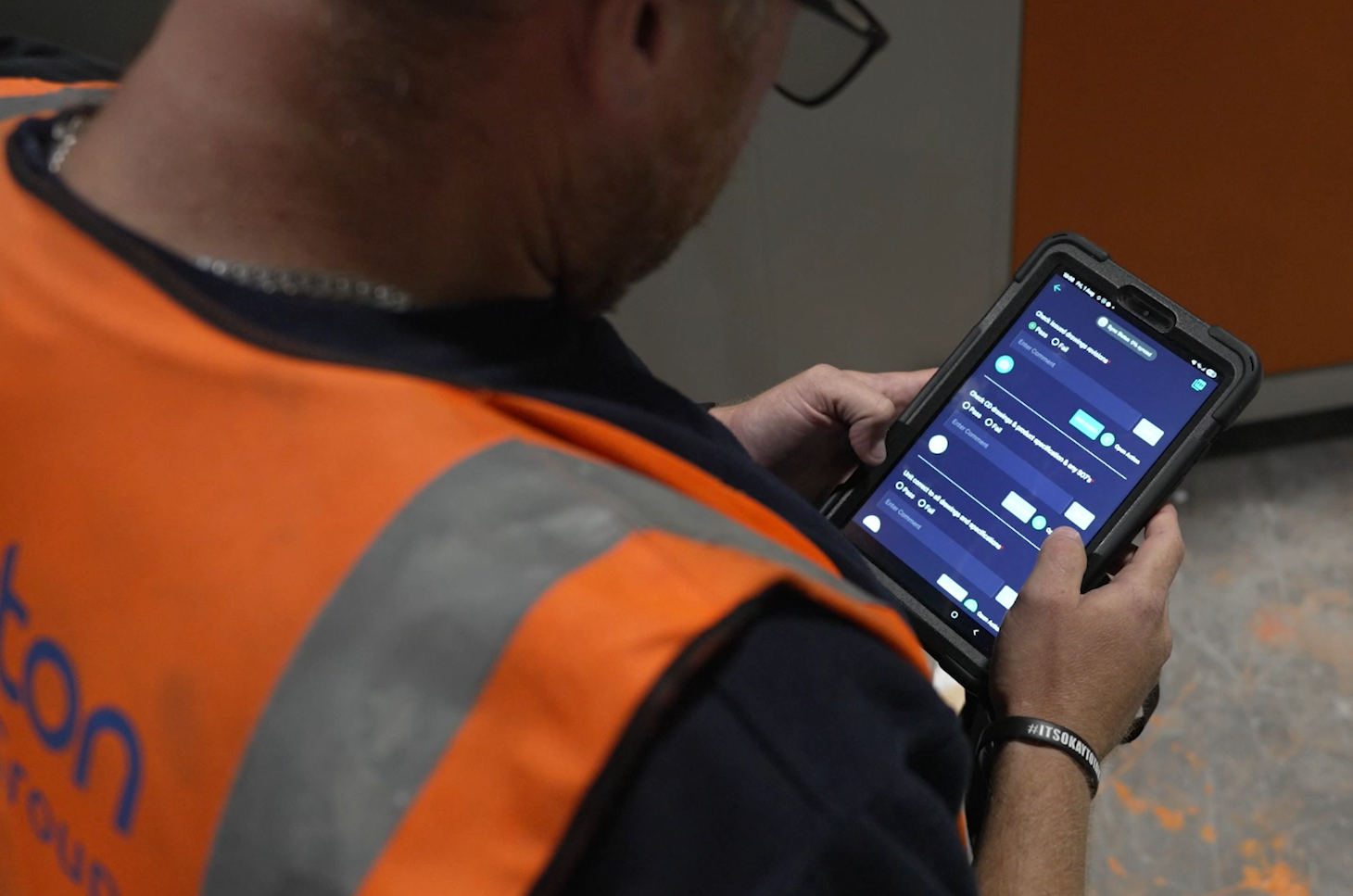The industry in transition: The future of sustainable modular manufacturing
5 min read | Published 22nd October 2025 | Updated 22nd October 2025 | Dan Pollard
Our Production Director, Dan Pollard, talks the future of sustainability in modular manufacturing, and how the industry is transforming.

The modular manufacturing industry in transition
The modular manufacturing sector is undergoing its most significant transformation in decades. Traditional methods are giving way to manufacturing-led approaches, driven by innovation, tighter regulation, and the pressing demand for sustainable outcomes.
Sustainability is no longer a strategic option or an ESG soundbite. It has become the baseline expectation of clients, regulators, and society.
At Thurston Group, we are not passively observing this transition. We are actively shaping it. Across all our facilities, our teams are proving week after week that industrialised, modular construction can be faster, cleaner, and smarter, while simultaneously delivering measurable environmental and commercial benefits.
Innovations that will shape the next decade of modular manufacturing
Several key technologies and approaches will define the modular construction industry in the coming years:
Materials and technologies going mainstream in construction
By 2035, we can expect:
At Thurston Group, we are already aligning with this future by rationalising materials, reducing waste, and embedding sustainable procurement practices
Regulation as a catalyst
The Building Safety Act and embodied carbon reporting requirements are reshaping the industry. With incentives for net-zero delivery almost certain to follow, adoption will accelerate. Factories that can evidence sustainability through a digital golden thread will set the pace.
Looking ahead to 2040
The modular manufacturing industry of 2040 will look radically different:
This isn’t aspirational rhetoric. It is the trajectory we are already on.
Lessons from overseas – What global leaders teach us
One of the advantages of working across the UK, Ireland, France, the UAE, America, and beyond is seeing first-hand how different regions approach modular manufacturing. Some lessons have been inspiring, others cautionary.
The lesson is clear: technology alone doesn’t guarantee success. The winners will be those who combine digital systems, cultural buy-in, skilled people, and a relentless focus on delivery.
The human factor – Skills for a digital future
For all the talk of robotics, AI, and automation, people remain the engine of change. Sustainable modular manufacturing isn’t about replacing the workforce, it’s about upskilling and empowering them.
At Thurston Group, we see the factory of the future as a place where digital tools amplify human expertise rather than replace it. Our teams are already adapting:
The skills of the future will be hybrid, part traditional craft, part digital fluency. Investing in this transition is critical if we want this transformation to last.
Our role at Thurston Group
Innovation only matters if it translates into delivery. At Thurston Group, we have always been builders first. Our mission is to ensure sustainable innovation does not remain a concept for conference slides but becomes a lived reality on the factory floor.
By embedding digital tools, driving operational efficiency, and empowering our people, we are proving that industrialised modular manufacturing is the future of sustainable construction.
The challenge for our industry is clear: don’t just talk about the future. Build it.
And that is exactly what we are doing.
Want to work with an innovative construction partner? Get in touch with our team.
Read our Other Recent News
FAQs – Cabins
Covering the most frequently asked questions about the cabins and relocatable building products offered at Thurston Group.
3 min read | Matt Goff
The key building and fire safety regulations we’re meeting and exceeding in 2025
To help you stay in the know of the current requirements for builders and offsite manufacturers, we’ve prepared a handy guide covering what the key UK building and fire safety regulations are heading into 2025.
3 min read | Marc Johnson